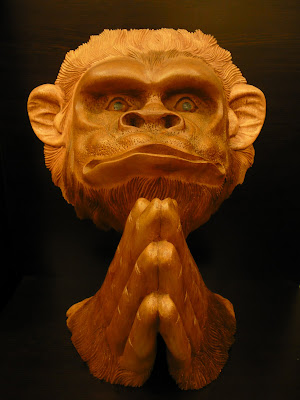.
The Thousand Character Classic (千字文) was composed by 周兴嗣 Zhōu Xìngsì in the Liang Dynasty (梁朝; Liáng cháo) (502-557). He was ordered by Emperor Liang Wu 梁武帝 Liáng Wǔdì to copy a thousand unique characters* from the calligraphy of Wang Xizhi 王羲之, (303–361) who is referred to as the Sage of Calligraphy 书圣 shūshèng for the purpose of educating his son.
Zhou shuffled 1000 characters from Wang’s work into 4 characters rhymed text composing 8 characters in a line. The character used are never repeated in this poem or essay. It is said that Zhou did the exacting task in only one night and the supreme effort turned his hair white the next morning. Thus, it became China’s earliest and most widely used basic literary text.
Zhou shuffled 1000 characters from Wang’s work into 4 characters rhymed text composing 8 characters in a line. The character used are never repeated in this poem or essay. It is said that Zhou did the exacting task in only one night and the supreme effort turned his hair white the next morning. Thus, it became China’s earliest and most widely used basic literary text.
In accordance my effort to study Mandarin, I’ll be analyzing the Thousand Character Classic (千字文) by going through these 1000 characters according to their 8 x 125 lines. In this, I will draw from these sources –
1000 Character Classic (book) – translation by Evelyn Lip.
The Thousand Character Essay (online article) – translation by Nathan Sturman.
Information from Wikipedia.
Different researches break down the 1000 characters into different sections. Peng Fasheng for example breaks them down into 4 parts. Part I (line 1 – 18) “outlines cosmological process and cultural revolution”. Part II (line 19-51) “dwells upon personal upbringing and moral virtues”. Part III (line 52 – 82) “surveys the administrative affairs of the noble classes and the vast territory of the empire.” Part IV (line 83 – 99)” narrates the pastoral life of tcommon people and technical prowess of craftsmen.” He singled out the last line as without substantial meaning. Nathan on the other hand just breaks them down into 7 separate chapters without an explanation. He just mentioned that – “The seven chapters deals with aspects of the world, nature, history, geography, society, and individual conduct while presenting, for practice, a basic set of characters at the core of the moral and intellectual world view of traditional China.”
It is generally quoted that one needs to memorize 3000 characters to have a reasonable grasp of Mandarin. As I always like to make my learning an experience and journey instead of a just mechanical act of repetition, I choose to learn 1000 of these characters through the Thousand Character Classic (千字文). As they said, the start of a long journey begins with the first character but it doesn’t have to start with 一 (yí).
(*In classic Chinese, the characters were not repeated. However, in conversion to simplified Chinese a few characters were duplicated but the meanings are different.)
.








No comments:
Post a Comment